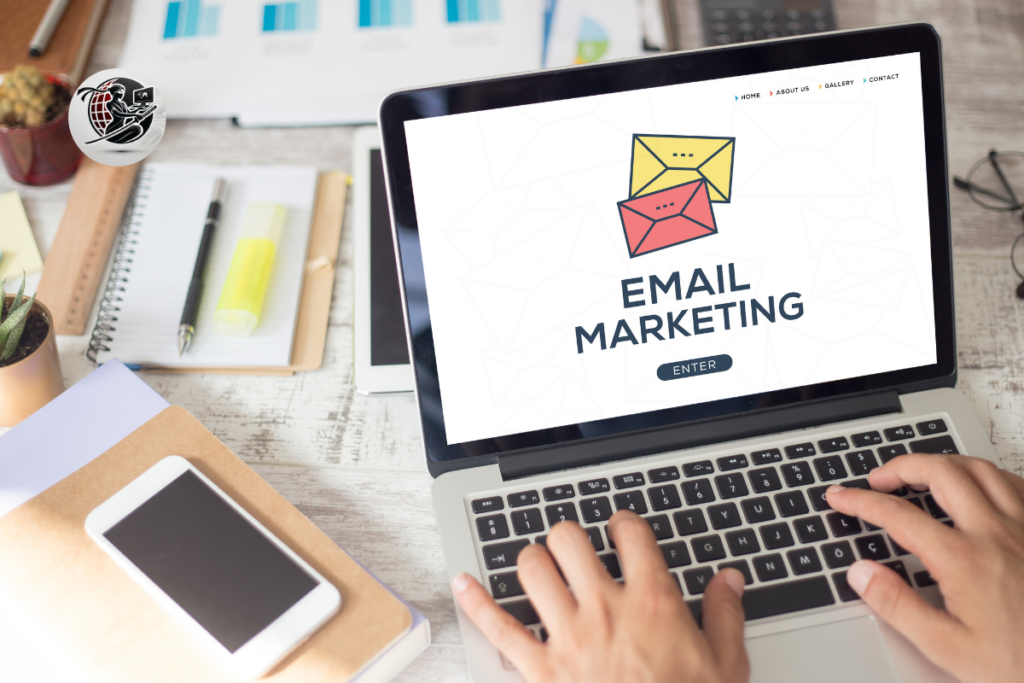Let’s be honest, your audience’s inbox is full.
Between newsletters, promo blasts, and random updates, people are swiping left, hitting “mark as read,” or worse… unsubscribing.
So how do you make sure your email gets opened, read, and acted on?
One word: Personalization.
We’re not just talking about using someone’s first name in the subject line. We’re talking about tailoring your message so well that your audience feels like you’re speaking directly to them.
In today’s digital world, personalization is no longer a “nice to have” but a “must-have”. If you’re not doing it, you’re missing out on higher engagement, better relationships, and stronger sales.
Let’s dig into what makes personalized email marketing so powerful and how you can start applying it to your campaigns today.
What Is Personalization in Email Marketing?
In simple terms, personalization means using subscriber data to send content that’s relevant to them.
This could be:
- Using their name
- Recommending products they’ve browsed
- Sending emails based on where they are in the customer journey
- Tailoring offers to their behavior or preferences
It’s about making people feel seen and that feeling goes a long way.
Why Personalization Works and Why It Matters?
People crave connection, so when you personalize, you’re saying:
“I know you. I see you. And I care about giving you something useful.”
Here’s what that does:
- Increases open rates
- Boosts click-throughs
- Improves conversion rates
- Reduces unsubscribes
- Strengthens brand loyalty
Here are 7 Ways To Make Your Email Marketing More Personal
1. Use Their Name
Using a person’s name in the subject line or greeting can increase open rates significantly. But personalization goes beyond the name.
Example:
- Generic: “Check out our new arrivals!”
- Personalized: “[First Name], you’re going to love these new picks!”
Names grab attention, but relevance holds it.
2. Segment Your Email List
Not everyone on your list wants the same thing.
Some people are new subscribers. Others have been customers for years. Some just downloaded a freebie, while others made a $500 purchase yesterday.
Segmenting your audience allows you to send specific messages to specific groups based on behavior, interests, or stage in the customer journey.
Try segmenting by:
- Purchase history
- Email engagement
- Location
- Job title or industry
- Interests or preferences
When you send the right message to the right group, results improve.
3. Trigger Emails Based on Behavior
Ever added something to your cart and then got a “Hey, you forgot this” email? That’s behavior-based automation at work.
Triggered emails are sent when someone does or doesn’t take a specific action. These emails feel incredibly timely and relevant.
Examples include:
- Abandoned cart emails
- Welcome sequences
- Re-engagement campaigns
- Thank-you messages after a purchase
Behavior-based emails often have much higher open and conversion rates because they meet people where they are.

4. Make Product Recommendations That Make Sense
Using data from previous purchases or website activity, you can recommend items that are actually relevant to the recipient.
For example:
- “You might also like…” based on past buys
- “Still thinking about this?” for products they viewed
- “Bundles or upsells that align with their interests”
This kind of personalization doesn’t just increase sales but it improves the shopping experience, too.
5. Celebrate Milestones and Important Dates
People love to be remembered.
Birthday emails, anniversary messages, and milestone celebrations are simple ways to add a personal touch and they’re proven to increase engagement.
A small discount or heartfelt message is enough to tell your audience:
“We notice you” or “we value you.”
6. Customize Content with Dynamic Fields
Dynamic content lets you change parts of your email depending on who’s receiving it.
Same email template, different experience based on:
- Location
- Interests
- Past behavior
- Demographics
For example, a travel agency could send one email where beach lovers see tropical getaways and mountain lovers see ski trips.
This lets you scale personalization without writing 10 different emails.
7. Collect the Right Data
You can’t personalize without data. So make it easy and inviting for subscribers to share what matters to them.
Try using:
- Sign-up forms with preference options
- Onboarding emails that ask questions
- Occasional check-ins to update preferences
Don’t ask for more than you need. People are more likely to share if they know you’ll use the info to improve their experience, not spam them.







